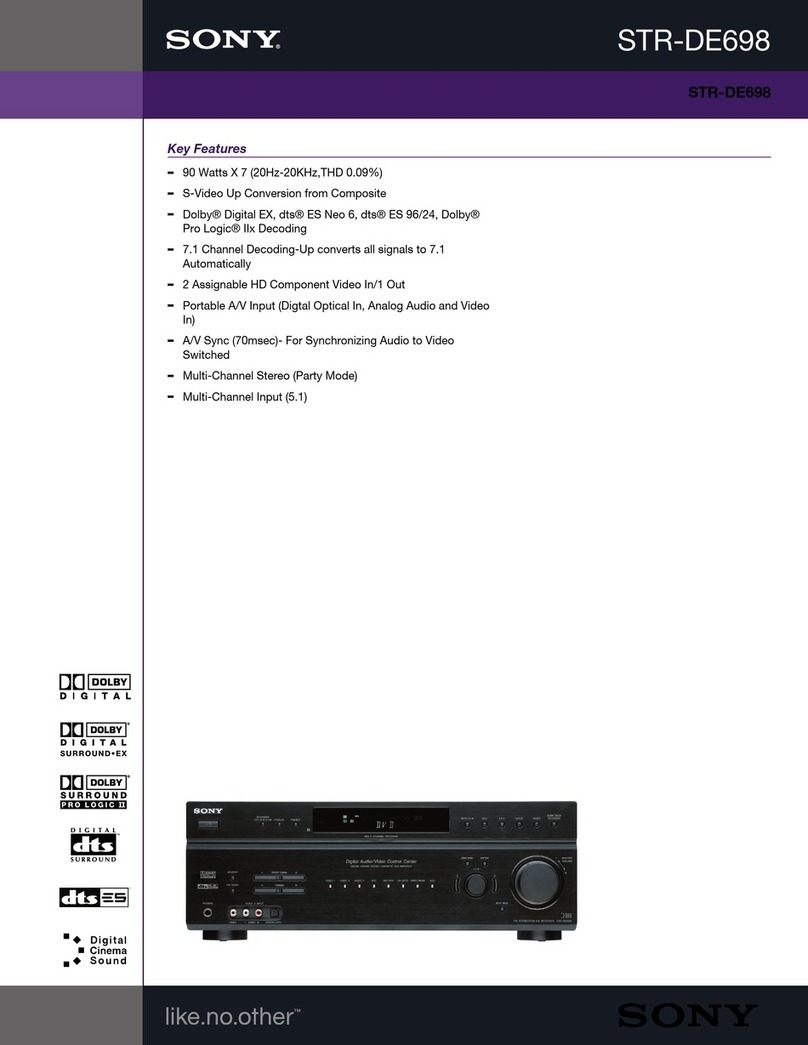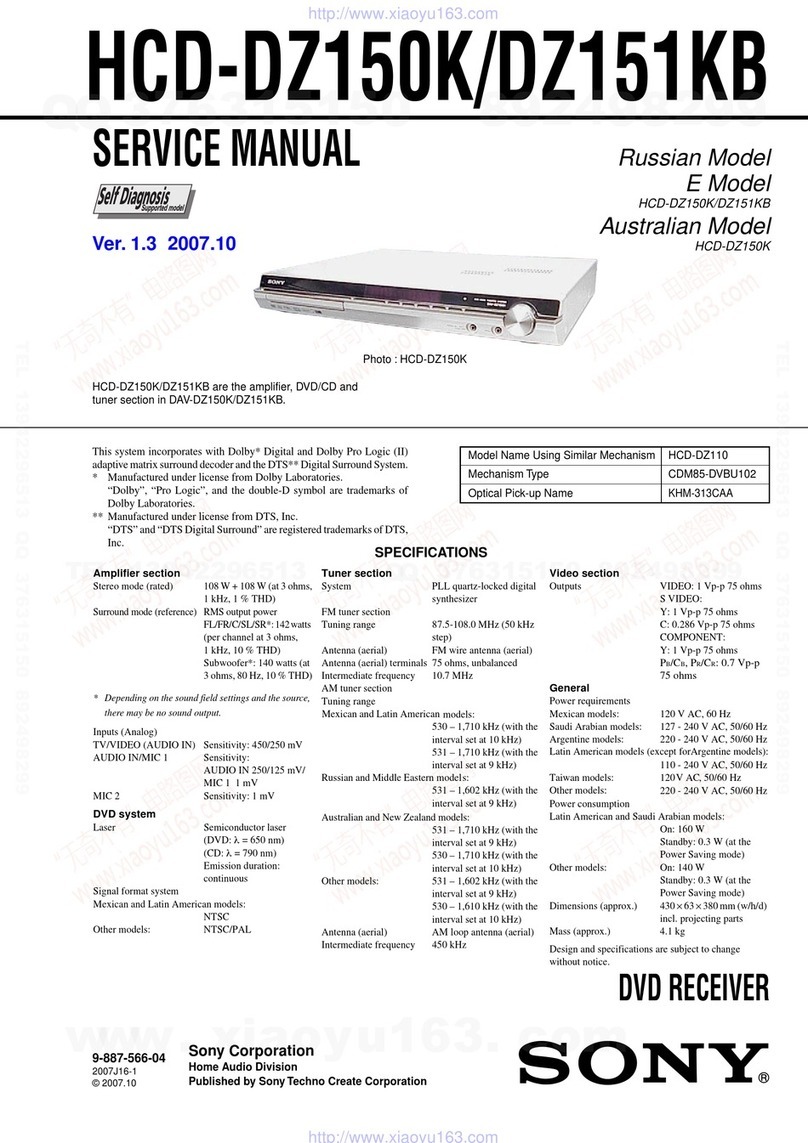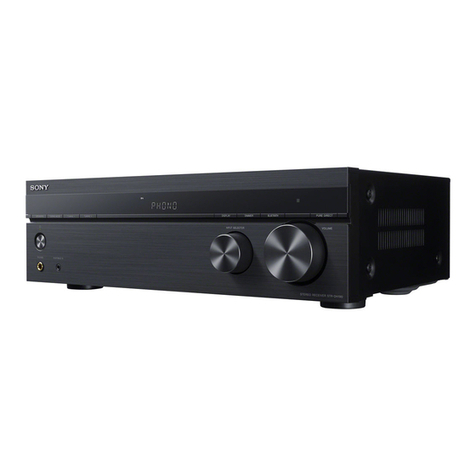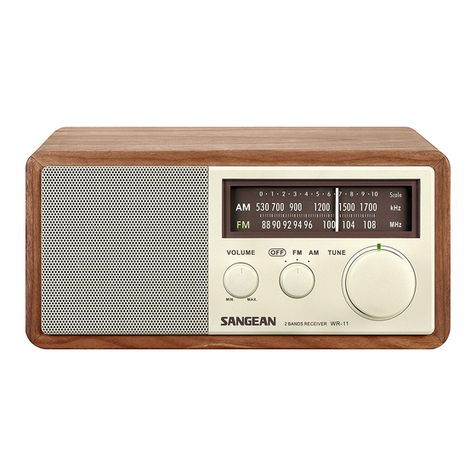Sony SRF-M100 User manual
Other Sony Receiver manuals
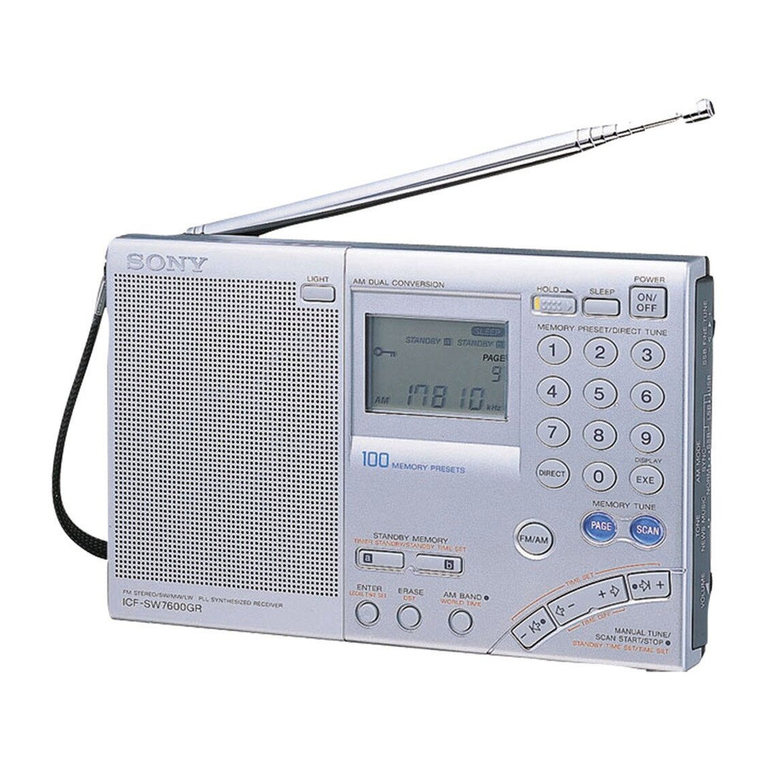
Sony
Sony ICF-SW7600GR - Portable Radio User manual

Sony
Sony STR-DA3700ES User manual
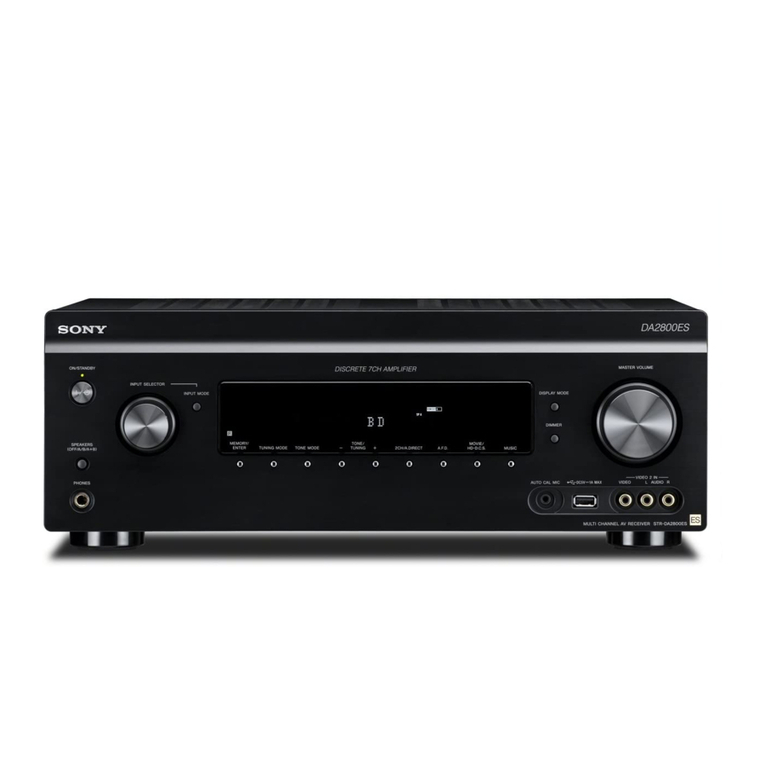
Sony
Sony STR-DA2800ES User manual

Sony
Sony STR-DN1070 User manual
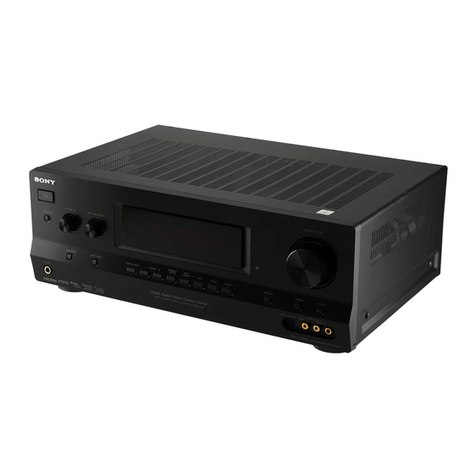
Sony
Sony STR-DH700 User manual

Sony
Sony HBD-E780W User manual
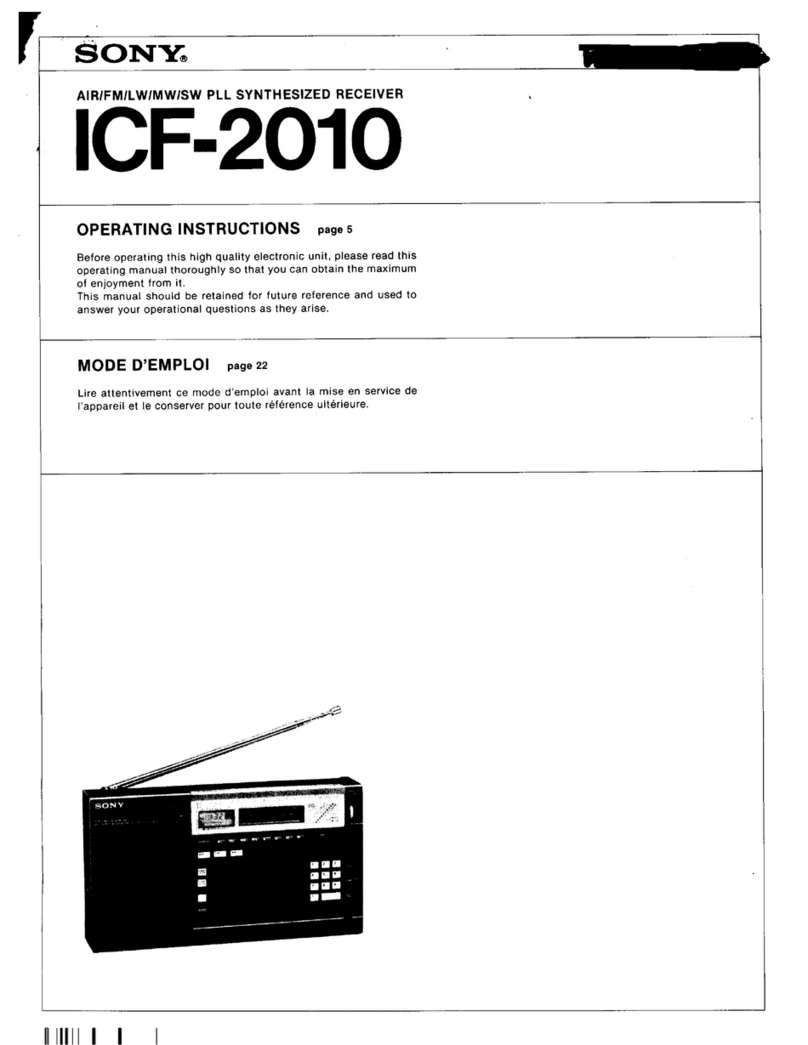
Sony
Sony icf 2010 User manual
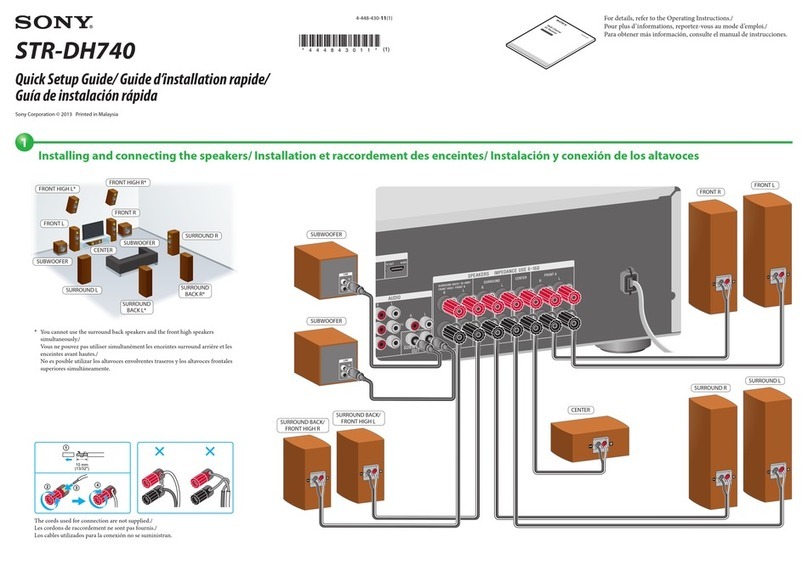
Sony
Sony STR-DH740 User manual
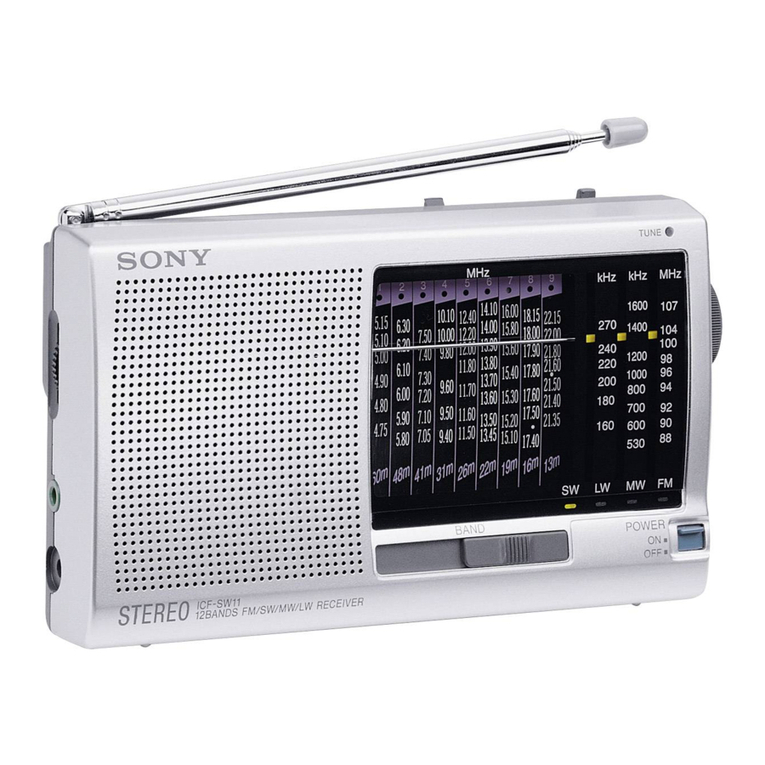
Sony
Sony ICF ICF-SW11 User manual
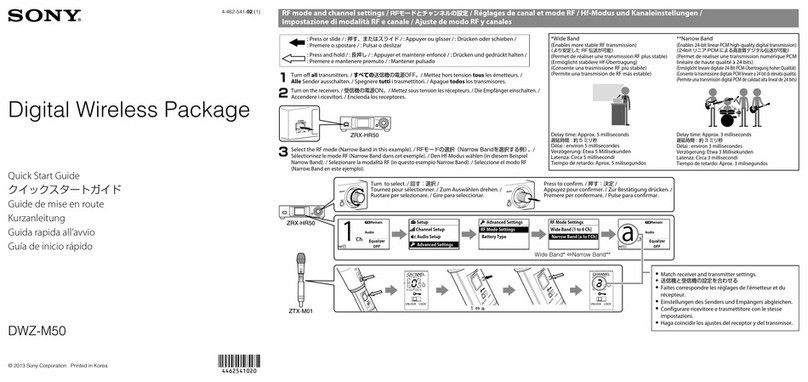
Sony
Sony DWZM50 User manual
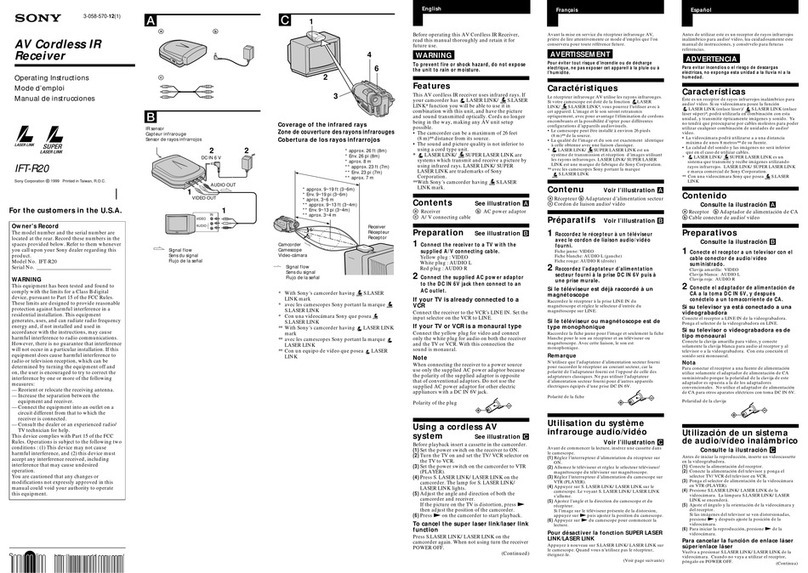
Sony
Sony Operating Instructions IFT-R20 User manual
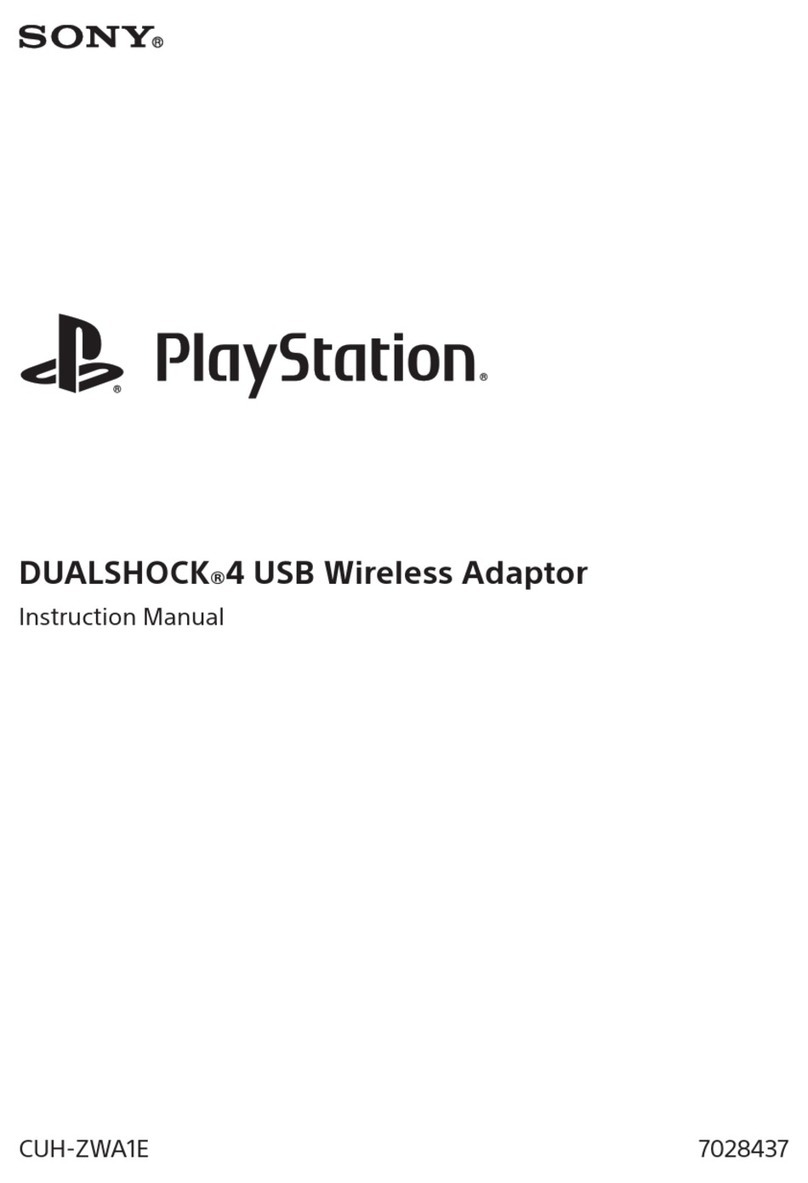
Sony
Sony PlayStation Dualshock 4 User manual
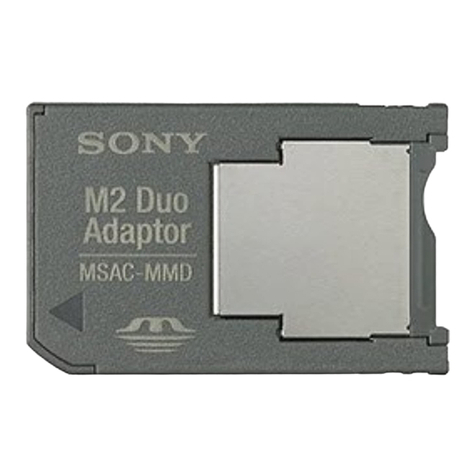
Sony
Sony M2 MSAC-MMD User manual
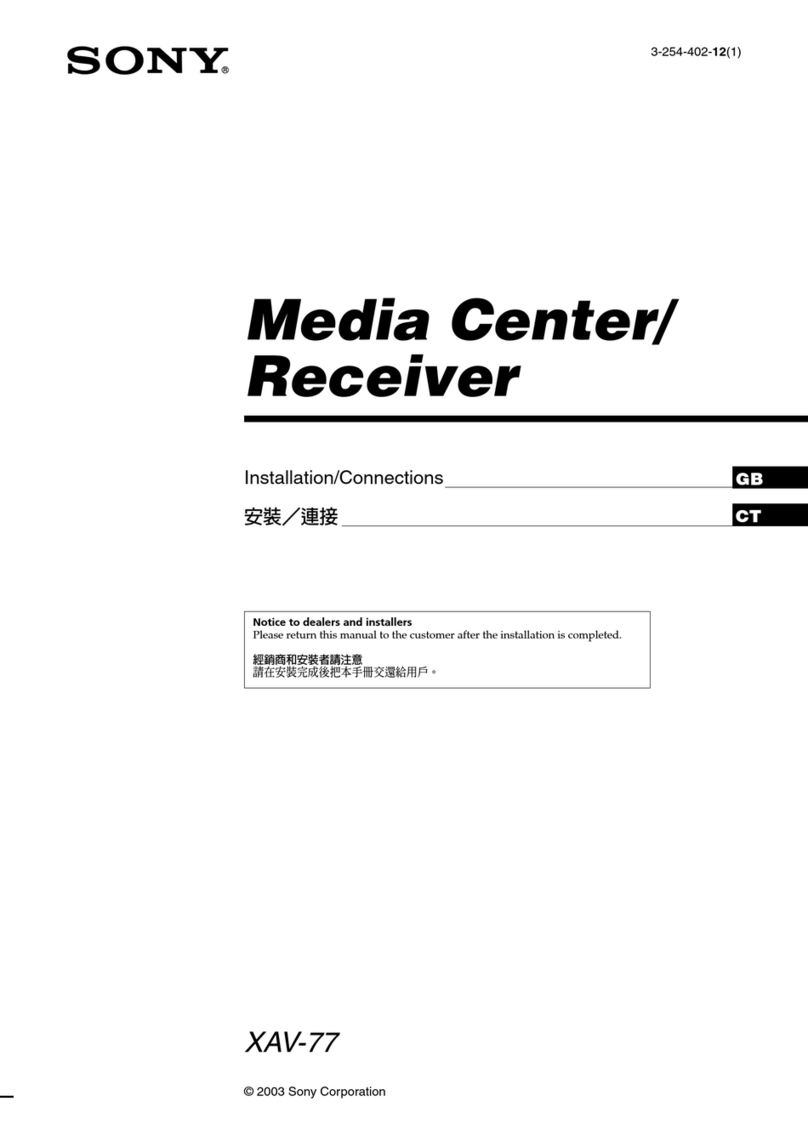
Sony
Sony XAV-77 Product guide
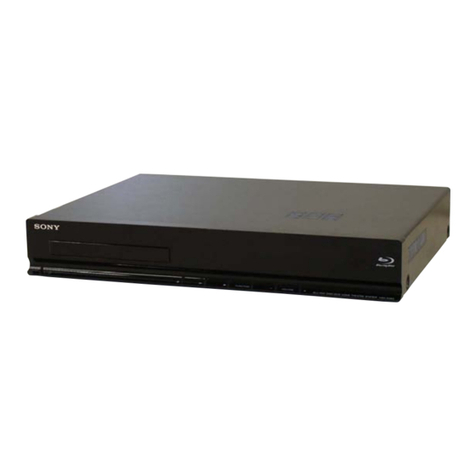
Sony
Sony HBD-E280 User manual
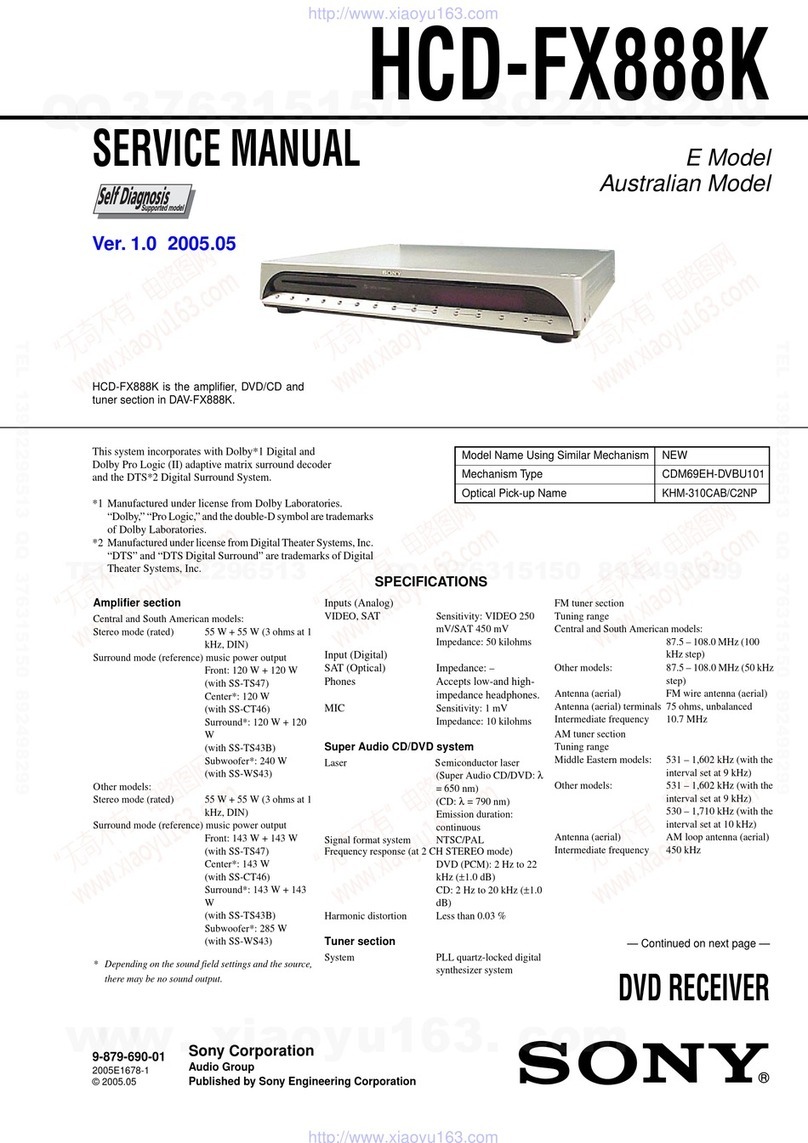
Sony
Sony HCD-FX888K Assembly instructions
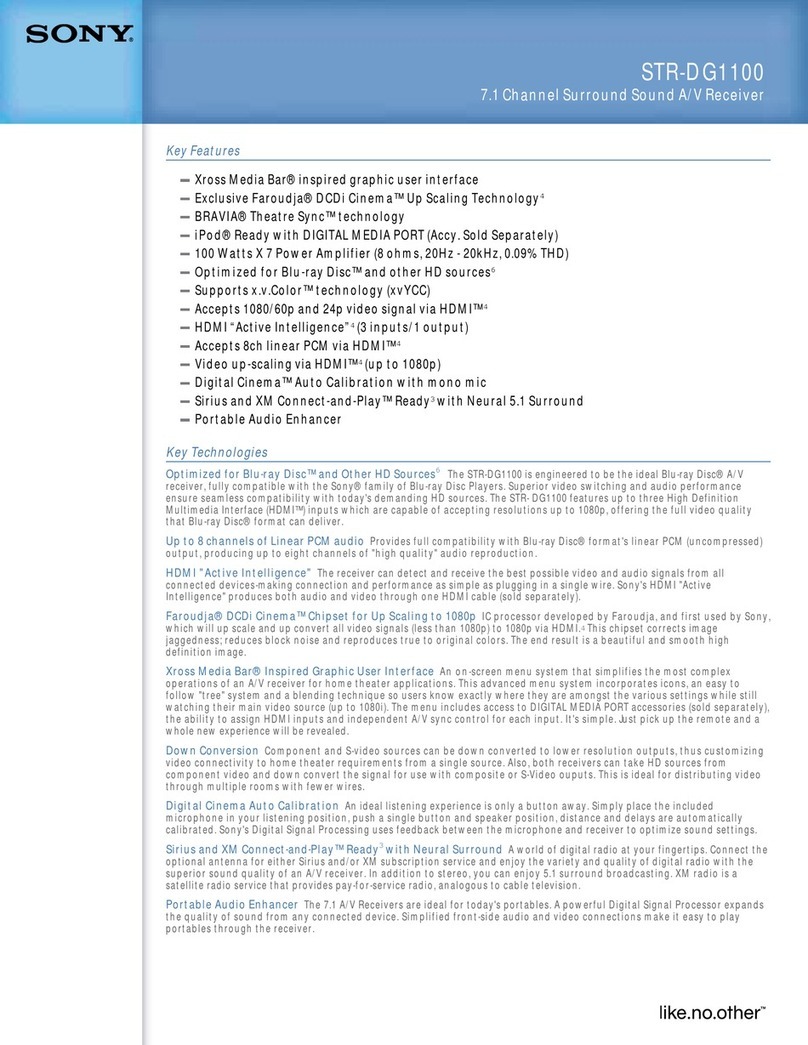
Sony
Sony STR-DG1100 User manual
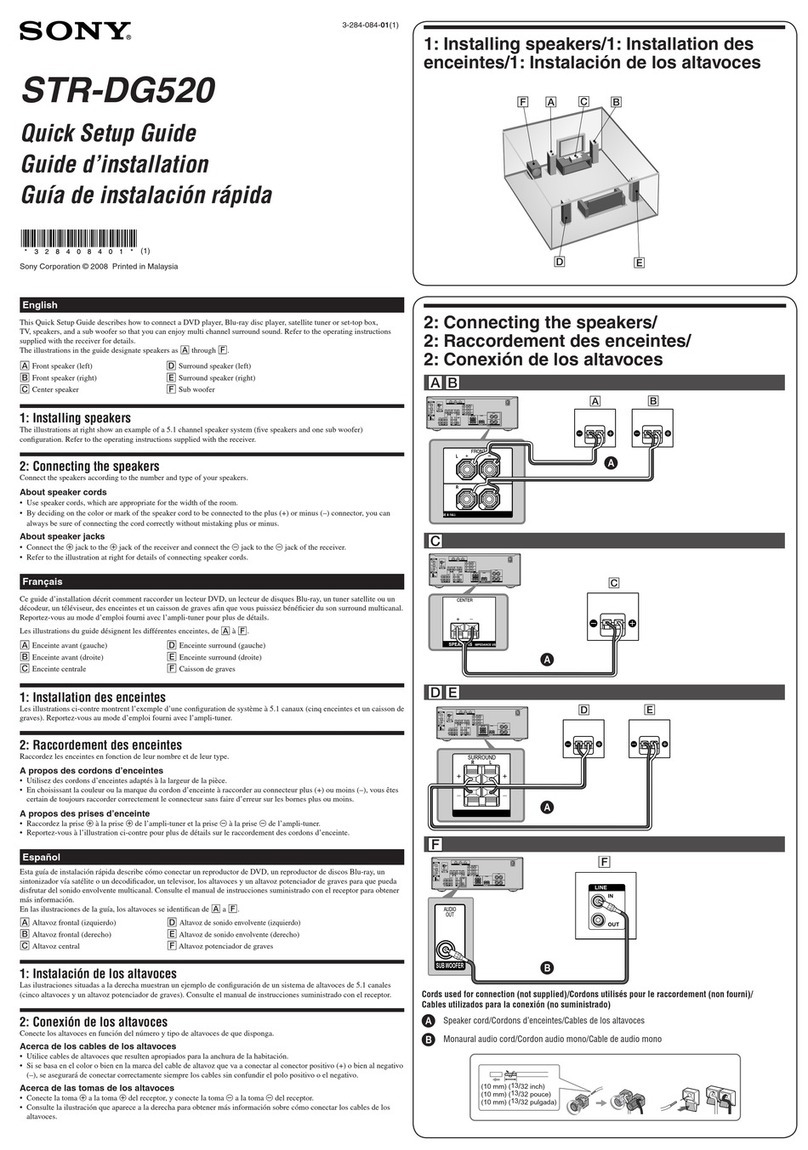
Sony
Sony STR-DG520 User manual
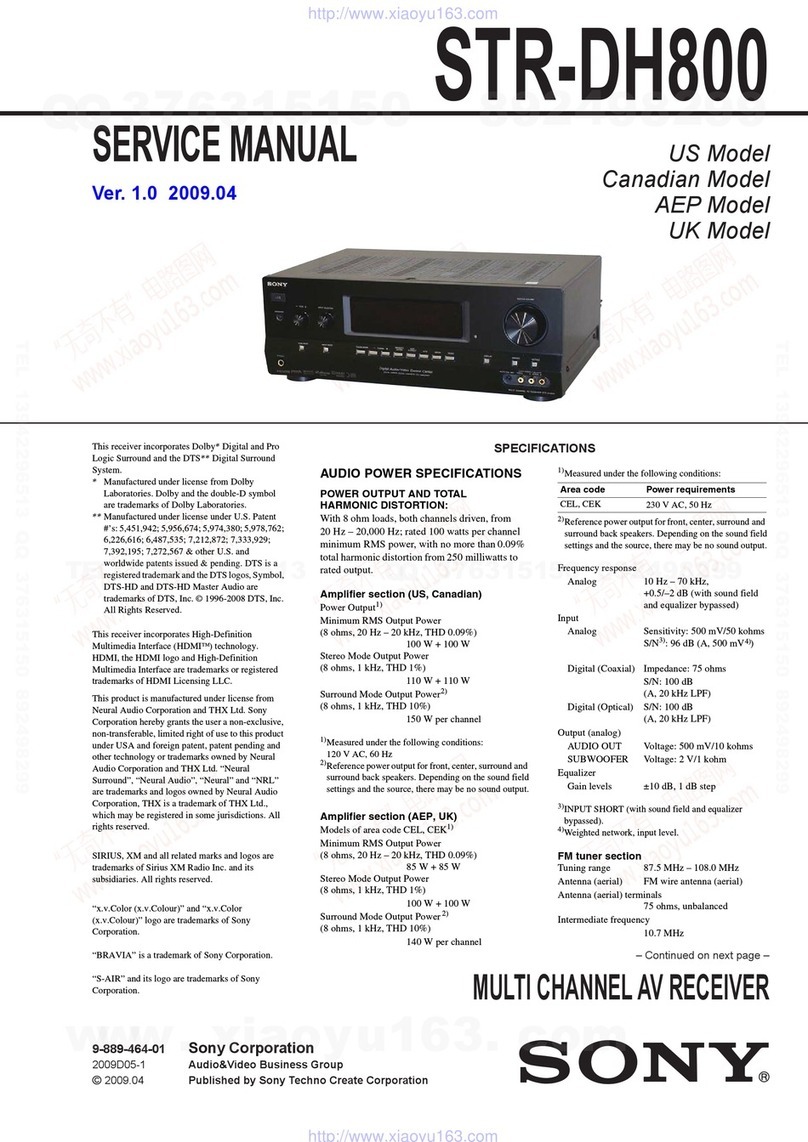
Sony
Sony STR-DH800 User manual

Sony
Sony STR-DA2ES - Fm Stereo/fm-am Receiver User manual
